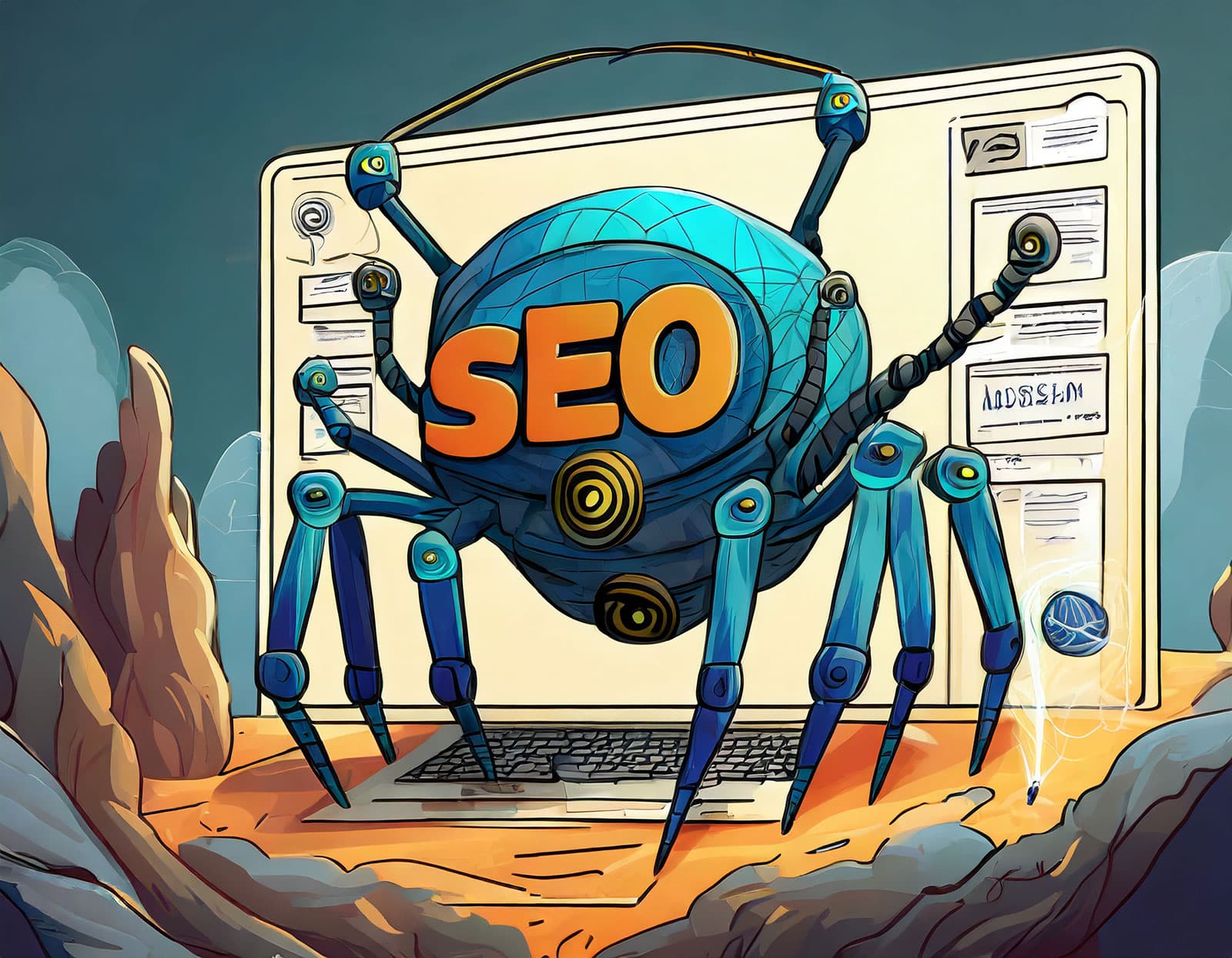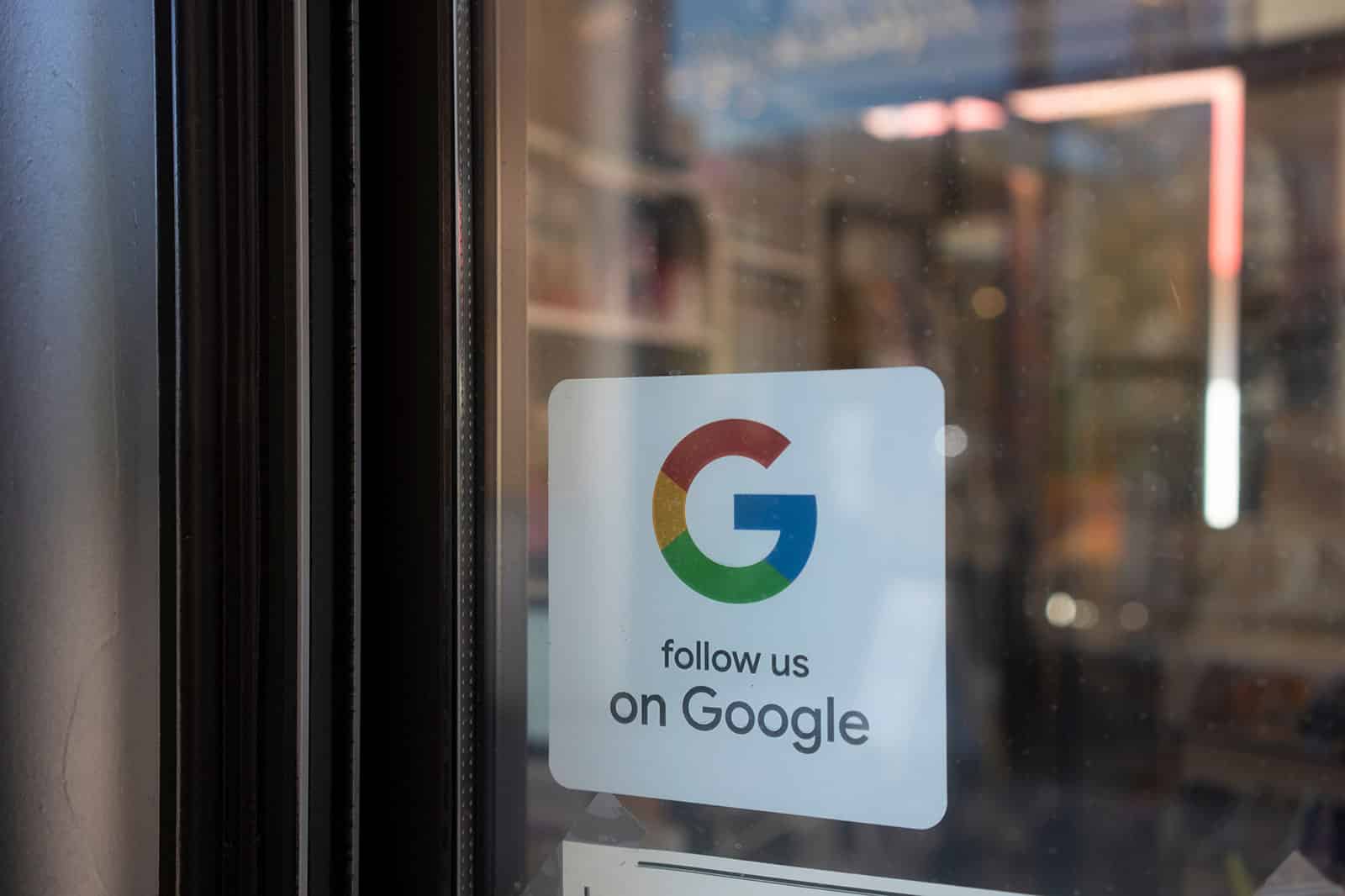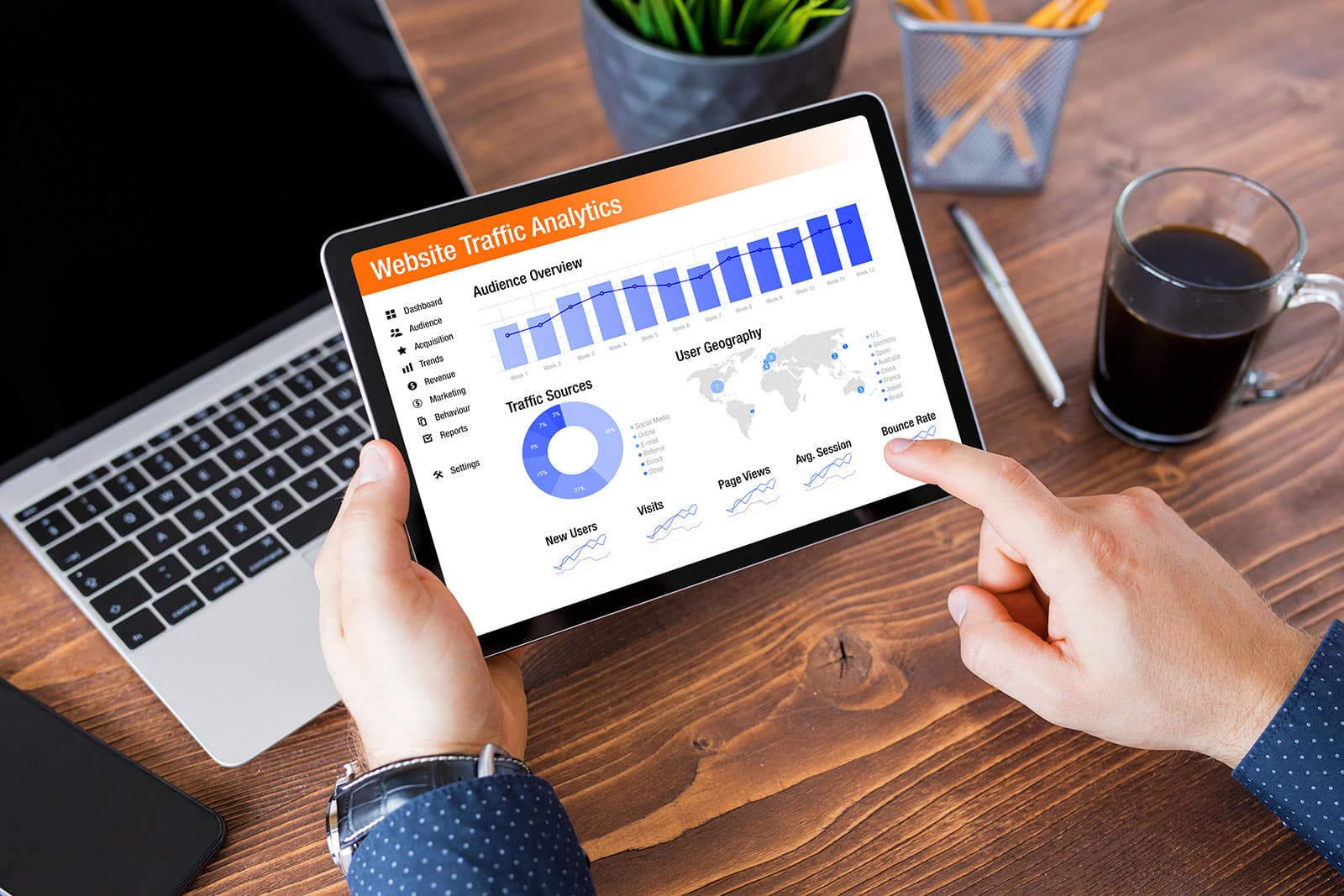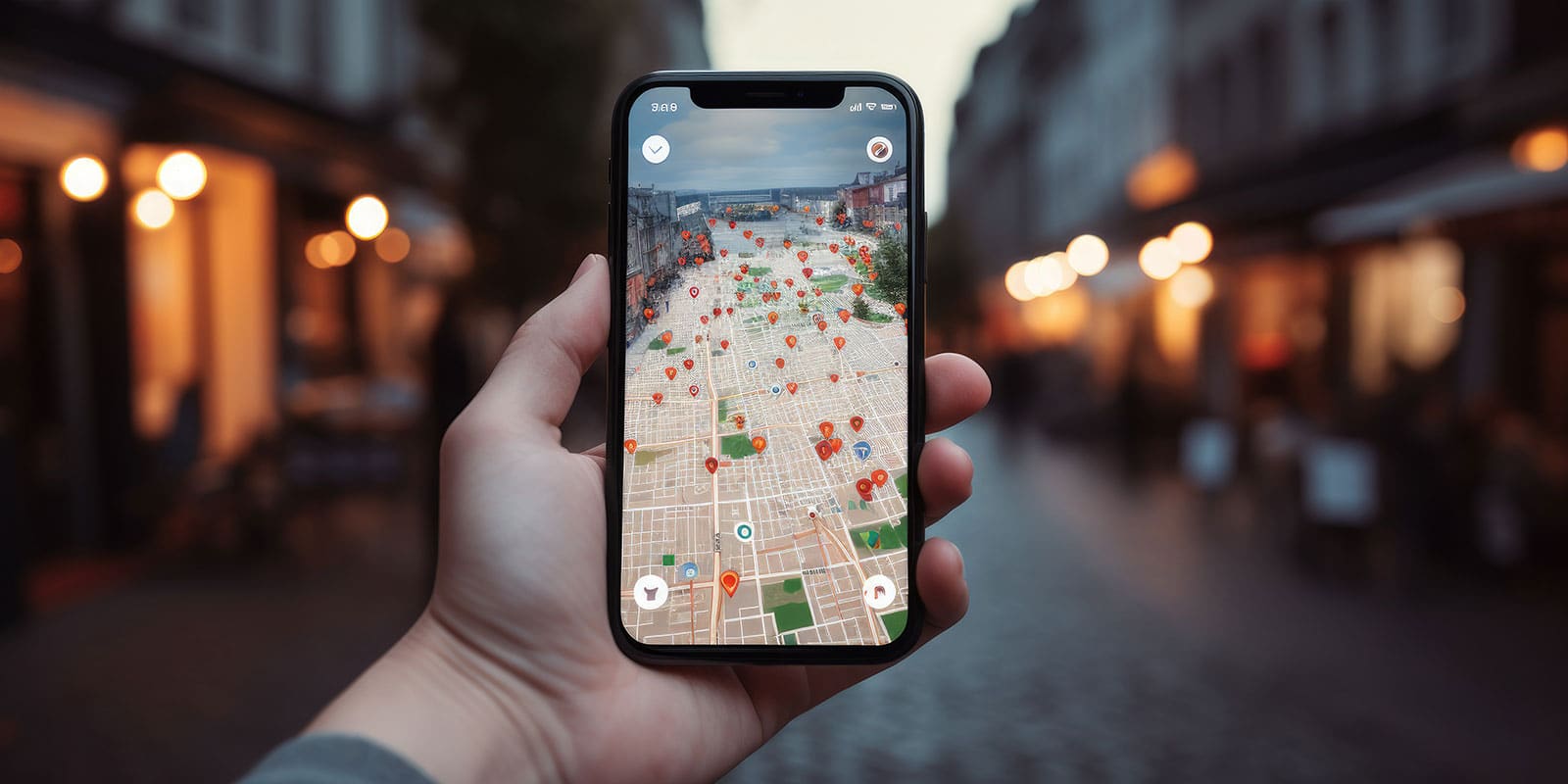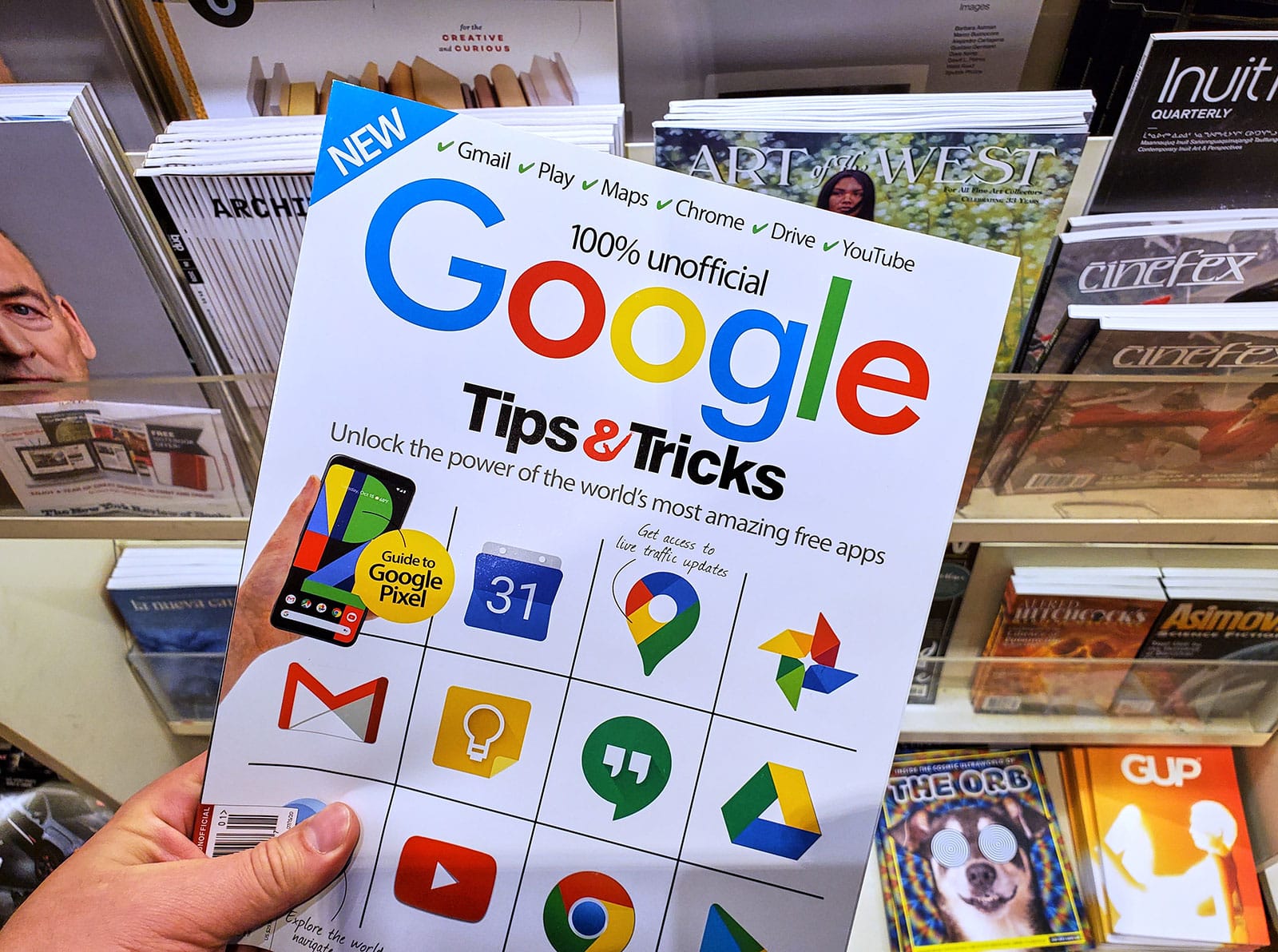A high-quality website is easy to read, easy to navigate, responsive, full of useful content, and very crawlable. But just what is website crawlability? How would you know if your site is sufficiently crawlable or if there are any crawl errors, especially on important pages? Is there a tool test checker or URL inspection tool… Read the full article
Blog
Blog
Why Is My Google Review Not Showing?
You are here basically to find answers and common reasons why you’re missing Google reviews either the old or new reviews on your Google business account page. You’ve clicked the right article, and check out why this is happening, as it may include reasons that your online reviews were not shown due to online reputation,… Read the full article
Mastering the 3 C’s of SEO: Content, Code and Credibility
You want your e-commerce company to grow and expand, and you know SEO strategy can help you achieve that. On the downside, you can’t make heads or tails out of all the technical jargon when it comes to marketing strategy, digital marketing including social media marketing. If you’re left scratching your head when you contemplate… Read the full article
What is the Keyword Golden Ratio (KGR)?
The Keyword Golden Ratio (KGR) is a strategic metric developed by SEO expert Doug Cunnington to guide website owners, especially beginners and those with new sites, in discovering low-competition keywords to optimize their content strategy for search engine results pages (SERP). At its core, the KGR method focuses on identifying specific keyword phrases with a… Read the full article
SEO Strategies: Criteria for Selecting the Right Keywords to Target
Every website or webpage operator can benefit from knowing search engine optimization (SEO) techniques that will bring traffic to their site as they aim to get a chance of ranking on Google search results’ first page and reach potential customers. Creating engaging, relevant content built around carefully selected, effective keywords is essential to attracting users… Read the full article
What are the Three Stages of Ranking?
Understanding the Three Stages of Ranking in Search Engines Your ranking in Google search engine results is one of the most important elements of running a website. In fact, it is the most important for many. This is especially true for businesses, especially in e-commerce, which usually want to reach as many people as possible…. Read the full article
What Are Impressions in Google Search Console? A Clear Explanation
Impressions in Google Search Console refer to the count of how many times a link to your site appears on a Google Search Results Page. It’s important to note that impressions are counted even if the link is not clicked. Essentially, an impression is recorded whenever a link to your site is shown on the… Read the full article
How Long Does It Take for Google to Update Search Results?
The Secret Sauce Behind Google’s Search Results For many years now, much has been made of the way Google generates search engine results pages (SERPs). At all times, Google is taking stock of new content and indexing it — while also consistently reassessing content that already exists on the web. Google’s search results are constantly… Read the full article
How can you ensure your content drives action?
In the fast-paced world of content creation, specific action-driven content is vital for achieving clear goals, both for business and digital marketing efforts. Since not every content marketing strategy is viable, identifying and implementing actionable ones is the top priority. Here are nine great data-driven ways to ensure your content produces results. Table of Contents1…. Read the full article
Why Does My Google Ranking Keep Changing?
When you’ve put a lot of effort into creating an appealing website, it can be frustrating to see your ranking in Google Search Engine Result Pages (SERPs) keep changing. However, this is actually quite normal, and it’s usually nothing to worry about. Google rankings are constantly getting updated, so slight volatility in your rank is… Read the full article
How Much Does SEO Cost for a Small Business?
Search engine optimization (SEO) is crucial for small businesses aiming to boost their online visibility and attract more customers. It involves optimizing website seo content to rank higher in search engine results, driving organic traffic. However, the cost of SEO services can vary based on factors like the complexity of the project, industry competition and… Read the full article
Bottom line up front (BLUF)
Communication is at the center of all human interactions. Whether it’s regarding friendship, romance, or even commerce of all kinds, clear, effective communication is necessary for those interactions to be successful. Too often, we don’t communicate well. We hem and haw. We skirt difficult issues. We focus on small talk rather than saying what we… Read the full article
User Experience Signals: 8 Indicators to Improve Your SEO
With the abundance of digital marketing and Search Engine Optimization tactics or SEO strategies that have proven their effectiveness, user experience often remains forgotten. Many marketers and eCommerce sellers simply don’t realize how crucial it is that their websites offer great UX. Yet, in recent years, after Google openly discussed the user experience signals it… Read the full article
Effective Strategies for Multi-Location Websites
When building your business, whether you have a physical store or e-commerce, setting up a website is one of the most vital aspects of establishing an online presence. After all, this is a digital-based world, where if someone wants something, they look it up online. However, optimizing the website for all your spots can be… Read the full article
Digital Main Street: What to Do with the Grant Money?
Digital Main Street is a non-profit organization with a popular grant program funded by the Canadian government to empower small business owners to thrive in the online landscape. But with the grant money in your pocket, you might wonder, “Where to go from here?” The truth is, I’ve seen many grant recipients struggle to navigate… Read the full article
Google Algorithms: Decoding the Secrets for Improved Search Rankings
Google, a ubiquitous tool in our daily lives, has its inner workings shrouded in mystery for most users. However, with newly leaked information from an antitrust lawsuit, we now have a unique opportunity to better understand the algorithms that power Google’s search engine. This article will explore these complex systems, shedding light on the intricate… Read the full article
What is the color of a hyperlink?
The color of a hyperlink is typically blue, especially when it has not been clicked yet. Once clicked, it often changes to a different color, such as purple, to indicate that it has been visited. These colors can be customized with CSS (Cascading Style Sheets) in web design, so they can vary depending on the… Read the full article
DMCA and OnlyFans: Protecting Content in the Digital Age
OnlyFans has been providing avenues for creators to share their work since it was founded in 2016. Amongst those who take advantage of its services are musicians, fitness trainers, chefs and sex workers. Although it is best known for the latter group of people, it has started focusing more so than it has on the… Read the full article
Reverse Video Finder: How To Find Video Files Online?
Have you ever found an interesting video and wondered about its source? Finding the source of a video comes in handy when you’re trying to find similar videos or you want to learn more about a specific topic. Using a reverse video finder, you can easily find the source of any online video in less… Read the full article
Add Me to Search: How To Create Your Google People Card
Have you ever used Google to check on famous people and prominent figures? Typically, the search results summarize the person’s hobbies, social media accounts, and public records. We could do so thanks to Google’s Add Me to Search feature. This capability makes advertising your business or personal profile simple in search results. In this blog,… Read the full article
